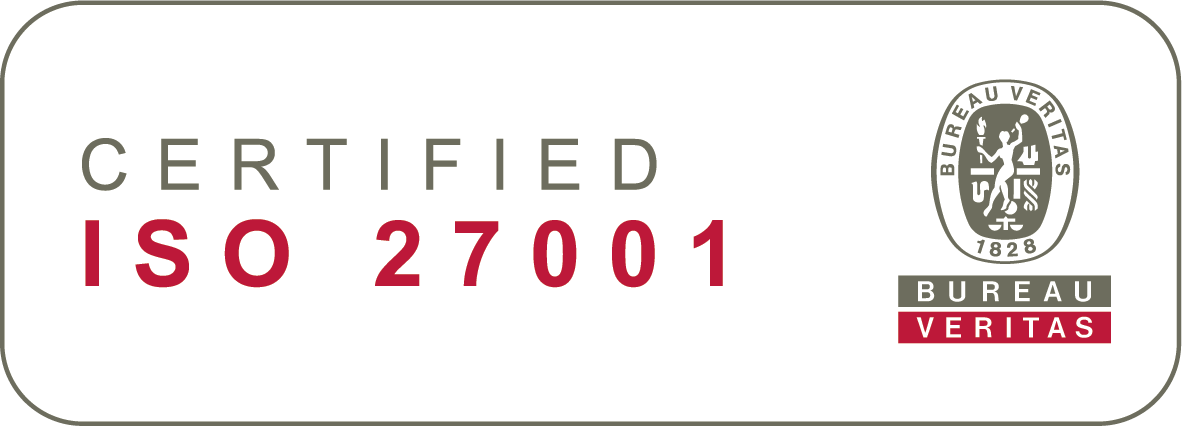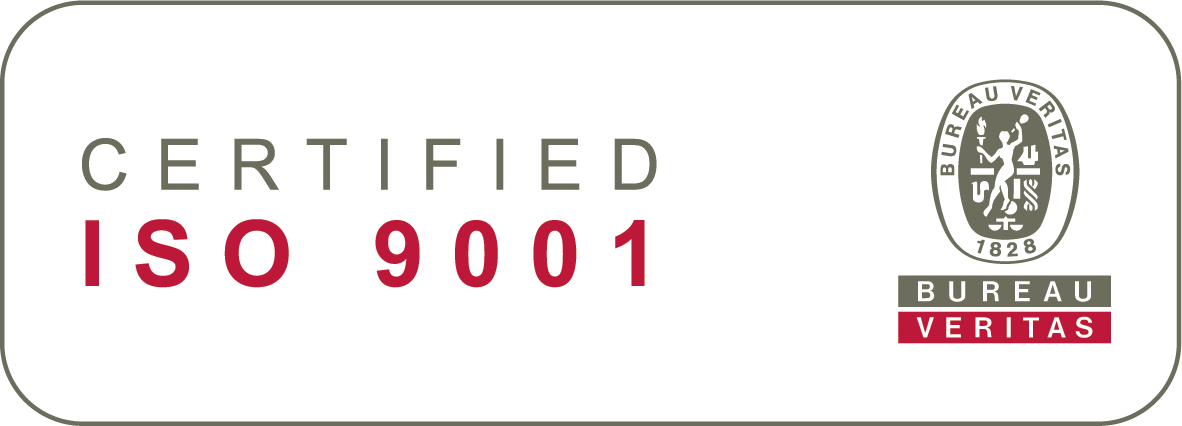We get it, it’s tough out
there…
If is your first time in an HR leadership position, or you recently moved to a new company, we feel you. HR right now feels like a game of 3D chess being played on top of a moving train. How are you supposed to develop your company’s HR function when there are so many global and local forces affecting the world of work?
In fact, HR years are like dog years right now. It usually takes 6 months to kick off any meaningful initiatives in the HR space, but life today feels like it’s moving at 7 times normal speed. How can we be strategic when we’ve spent the last couple of years in firefighting mode?
…but there is hope.
Start with the reasonable assumption that your new employer is also feeling the effects of rapid change. They’re looking for someone to steady the ship through positive, consistent improvements. That’s you – you’re needed. By stepping up to the plate, you can cash in your good will with employers likely be more receptive to your ideas.
We want to help you make the first 6 months of your employment count. If you’re in need of a gameplan that’ll help you ace your probation, make a real difference to your people, and build a strategic HR base for future planning, then this is the cheat sheet for you.
This cheat sheet covers 6 areas you can focus on in your first 6 months in the job, with an added 7th that looks to the future:
- Understand the trends shaping your industry
- Identify your organisation’s top business priorities
- Get to know all your employees
- List your people pain points
- Map out your HR processes
- Build better people data reporting
- Create an HR roadmap for the future
These recommendations are focus areas you can use to guide your work. However, your organisation is as unique as the people that work in it, and you will come to know it better than anyone else. So, only apply what makes sense to you, and feel free to skip the parts that don’t fit with your needs.
This is really our moment. In the last crash, it was CFOs that saved us. This time it will be CHROs.
— Diane Gherson, Chief Human Resources Officer at IBM
Understand the trends shaping your industry
If you ask 10 HR professionals to describe what “The New Normal” looks like for their business, you’ll get 10 different answers. The reality is that a one-size-fits-all New Normal doesn’t exist.
Take supply chain and logistics for instance. When the pandemic was at its peak, last mile home delivery services were in a race to hire as they exploded in popularity to serve consumer demand. The world has now opened up, but the aftermath of Covid era business restrictions and the war in the Ukraine is resulting in higher energy prices, increased interest rates, and soaring living costs. Consumers are now generally more cautious about spending, a trend that has contributed to layoffs in multiple organisations. On the other hands, the view from the aviation industry is starkly contrasting. After a seriously challenging pandemic in which huge numbers of staff were laid off, many airlines are now scrambling to rehire trained personnel so flights can leave as scheduled. Times might be tough, but 2 years with no holidays is more than enough for a lot of people.
These are just snapshots of the market situation in a couple of consumer- facing industries, and reality in yours may be different. But it is still extremely important you understand how the interplay of global and local trends like hybrid work and wellbeing affect your business in the short and long-term.
Action points
- Don’t just repeat what you read in your industry media – identify the trends that actually affect your business today
- Ground the trends by giving real examples of how these impacts are felt – “increased remote work for more efficient for school runs” is better than “increased hybrid work”
- Discuss with your leadership team any opportunities or challenges that could present as these trends develop
Identify your organisation’s top business priorities
Much like people, every business is unique, with its own history, characteristics, strengths, weaknesses, personality, hopes, and fears. As an HR lead, you sit at the heart of your business, and it is important you build as full a picture of the people and organisation you are trying to serve as quickly as possible.
The chances are that you’re joining your business at a time of change. Some businesses may be preparing for aggressive growth to capitalise on opportunities presented by the market, while others could be focusing on cost cutting and profitability. In either case, knowing the capabilities of your people will help immensely.
As quickly as you can, even on a high level, investigate the areas where HR can directly contribute to business goals. If you are growing, do you need to hire smarter, or build effective learning paths and nurture the talent you have?
By aligning your work with the rest of the business, you will also gain strategic voice at the leadership table, as you will be able to advise on how fast your company will be able to grow or restructure while still being able to deliver operationally.
Action points
- Ask the leadership to explain their short and long-term business goals, and study them until you form a deep understanding of your company’s priorities.
- Work with leadership to jointly agree on HR goals and KPIs that directly support top level leadership goals
- Ensure you can regularly track your progress towards these goals through easily defined key metrics and reporting
Get to know all your employees
The same organisation can look extremely different depending on the employee desk from which it is viewed. Many times, leadership teams are operating on a macro view of the business, but they may be basing their picture on reports from line managers and department heads, who may in turn not be getting an honest appraisal of the reality of front-line work.
One of the most rewarding and valuable things you can do up front is to talk to – and listen to – as many different people as you can as soon as you arrive. Gather as many different perspectives as you can. Use 1-1s, all hands meetings, and surveys, but most of all, make sure everyone feels comfortable approaching you and sharing their views.
It might be that some workers could benefit from a ride sharing scheme as petrol prices continue to rise, or that factory workers may not be able to further their skills without on-site training programs. You won’t know if you don’t establish regular, meaningful conversations throughout the business.
Oftentimes, managers are your key allies in all things HR-related. The put company directives into practice within their teams. They are also primely positioned to gather feedback from employees – encourage them to do so and ensure repeating topics that arise in several departments are brought to the attention of leadership.
Also, if not available, start work on mapping your workforce competences and qualifications as soon as possible. This will let you say with confidence where you are strong, where you have deficits, and will help you make the business case for new hires and training programs.
Action points
- Work to find the most meaningful channels through which to communicate with your company’s workforce. Test different channels.
- Get manager on-side early by providing them with support and best practices that enable them to support their teams.
- Build a side-by-side comparison that shows the gap between leadership expectations and front-line reality. This is a very powerful tool for explaining the need for change.
List your people pain points
There is no such thing as a perfectly balanced workforce – but it doesn’t hurt to aim for one. You take time to build and develop a smoothly running HR function, then life throws a fuel crisis-shaped spanner into your painstakingly constructed HR machinery. This is the natural order of things.
And as is the case when joining a new organisation (which can often appear quite different on the other side of an interview process) your co-workers may take some delight in telling you about all the things that are broken, senseless, and stupid about your new place of work.
This is normal. And valuable. Listen to the grumbles, but also do your own digging. It may be that finance needs more personnel to process all those expenses from an international workforce, or it may be that a better reporting tool would do the job even better. It may be difficult to attract senior talent to your company, or it may be that you can thrive in the long term if you build learning paths that upskill your own workers – and deliver a pipeline of senior talent in the years to come.
List out your pain points, rank them in order of priority for fixing, and crack on. Start with the lowest risk challenges that have the potential to positively affect the most people, so you can get some quick wins, build trust, and make it more likely to get a “yes” for your next proposal.
Action points
- Identify commonly repeating pain points. If everyone complains about different things, then you likely don’ have any serious problems.
- Identify cost effective but meaningful gestures you can push through that will be appreciated by the widest number of employees.
- Prioritise any pain points that directly affect churn.
Map out your HR processes
The word “process” can sound like a heavy, intimidating thing at times. When people say process, they actually mean a set of logical, repeatable, easy to follow steps that achieve a specific objective. If we look at the whole employment lifecycle, recruitment would be the first HR process most people in your business would have taken part in. Onboarding often follows, with salary, leave and absences, appraisals, development, and exit discussions also commonplace.
Whatever the case in your business, a good place to start is the employment lifecycle. Use it as a guide and map out the HR processes you already have in place. No need to be hyper- granular but add the most common steps your people move through in each process. Now, take off your engineer’s hard hat, and grab that Sherlock Holmes deerstalker. Time for some detective work.
Note the process that obviously work well (hint: you probably haven’t heard any complaints about them so far.) These move to the bottom of your to do list. Now, make a list of the processes that seem to be broken, or missing. If there is no standard set of steps to follow, or people tend to get the work done in very different ways, then you know you have a process that needs rebuilding.
Keep an eye out for manual bottlenecks as well. If one person needs to sign off on too many things, then this needs to change. A chain is only as strong as its weakest link, and if that link goes to Crete for 2 weeks, the chain breaks. If a lot of data needs to be entered in a lot of places manually, then you have a strong business case for automation through integrations. Especially if it’s you who’s responsible for ensuring all your people data is present and correct.
Once you have your process to do list, help the leadership team understand the impact it. has on overall business objectives and employee satisfaction. As an example, great onboarding processes tend to reduce employee churn and increase overall satisfaction. When the battle for talent is this hot, you need to make every HR process count.
Action points
- Ask managers and department heads to help you in mapping out the most common HR-related processes in your business.
- Buy IT lunch: they can help you build the case for automations and integrations.
- “Good” is better than “perfect,” so start mapping those processes, even if it’s not your strongest skill. Your process mapping skills will improve over time.
Build better people data reporting
By talking with employees, building rapport with leadership, and mapping out your development priorities, you will have developed a great bank of qualitative knowledge about your business. Time to take your HR intelligence to the next level through quantitative people data, analytics, and reporting.
The 2 questions HR leaders often dread answering are: how many employees do we have today? What’s our total payroll? HR should have this info at its fingertips, but the reality of several international payroll providers and out of date employment info in HCM systems make a real-time workforce snapshot hard to capture. This is where a central HR system that connects to all others is worth its weight in gold. Instead of forcing you to act like a forensic accountant, a well-integrated HR system, combined with mutually complimentary HR processes, and a team of managers that understand the importance of following protocol and ensure things get done properly, will ensure the right data flows towards you.
The next time leadership asks for a company org chart when planning restructuring, you can pull that up in real-time. If you notice a spike in absences and leaves in IT, you can flag the observation for further investigation. In short, you can combine empirical data, conversational research, and trend maps over time to make a compelling case for any changes you will make.
Action points
- Find out as quickly as possible if all available people data is centrally integrated with your reporting tool. If not, then start there.
- Agree on the most important KPIs to report to leadership – then find the right tool for the job. Not the other way round.
- Don’t make yourself the bottleneck – empower others to collect the data you need for great reporting.
Create an HR roadmap for the future
I know the things listed above take time. They are not “one-anddone” projects. They are ongoing processes that will repeat regularly throughout your time at your new employer. But you must start somewhere, and the most valuable use of your time when joining a new business is to build foundations for ongoing success further down the line.
So, kick off these initiatives, get them moving, and keep building your understanding of how best to support your people as you move forward. As 6-months approaches, start to look back and reflect on your successes and learnings. Use the 3 Ps as a starting point:
People: do you understand their ambitions, pain points, and perspectives from all points of your business?
Processes: does the employment lifecycle have a set of easy to follow, repeatable steps at each point that will continue to deliver the right results as your business grows or restructures?
Product: Do you have the tools and systems you need to capture, handle, and report on all people data-related matters to all stakeholders?
Pair this list with your new set of 6-month and long-term business objectives, and you have a great roadmap to follow as you continue your HR journey within your organisation.
Finally, please remember to:
- Prioritise. Make 1-2 smaller changes at a time, then move on once they stick.
- Establish trust – best practices will be easier to implement.
- Set clear HR objectives that directly impact business goals.







